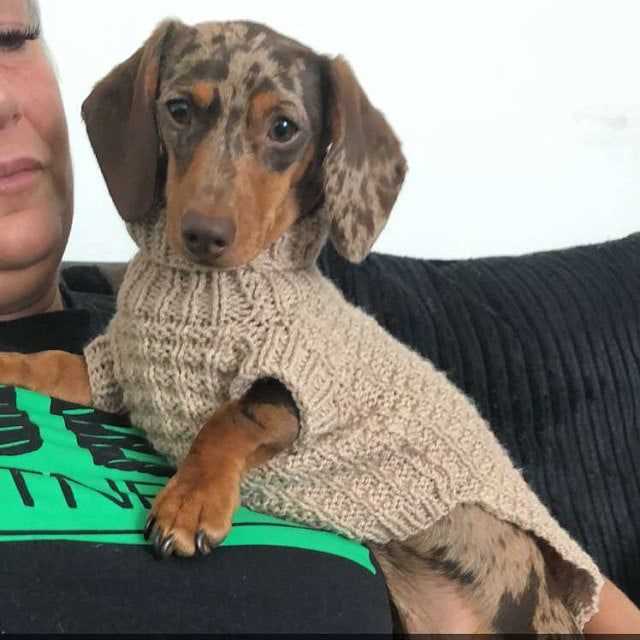
If you have a miniature dachshund, you know that finding the right sweater to keep them warm can be a challenge. Their long bodies and short legs make it difficult to find the perfect fit. Luckily, there are free knitting patterns available that are specifically designed for these adorable little dogs. Whether you’re a beginner knitter or more advanced, these patterns are a great way to create a custom sweater that will not only keep your miniature dachshund cozy, but also make them the most stylish pup on the block.
One of the great things about knitting your own dog sweater is that you can choose the color, material, and style that fits your dog’s personality. From classic cable knit designs to modern color-block patterns, there’s something for every taste. Plus, knitting is a great way to relax and destress, so you’ll enjoy the process as much as your dog will love wearing the finished product.
Whether you’re knitting for your own dog or for a friend’s dachshund, these free patterns will help you create a sweater that’s as unique as your furry companion. So grab your knitting needles, pick out your favorite yarn, and get ready to create a cozy and fashionable sweater that will have tails wagging in delight.
Why knit your own dog sweater
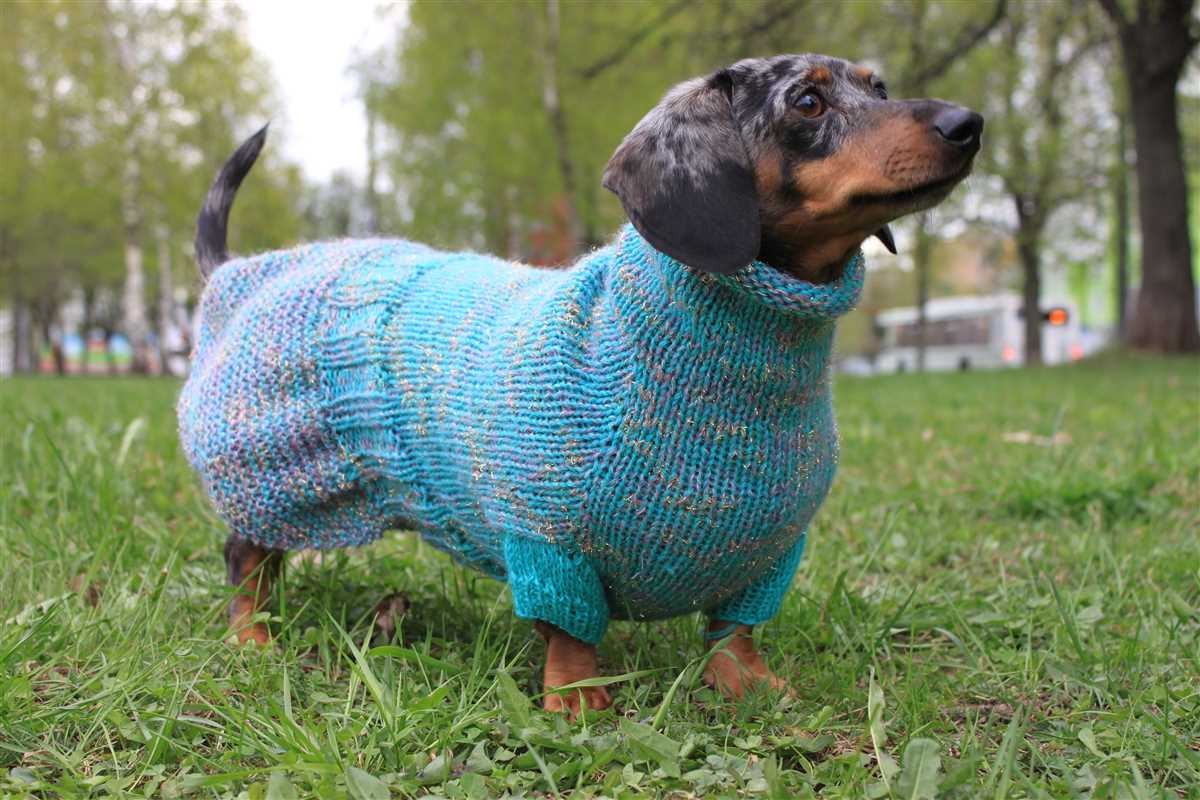
Knitting your own dog sweater is not only a fun and fulfilling hobby, but it also allows you to create a personalized and custom-fit garment for your beloved miniature dachshund. By knitting your own sweater, you have complete control over the style, color, and design, ensuring that your furry friend stands out from the pack.
One of the main advantages of knitting your own dog sweater is that it can save you money in the long run. While store-bought dog sweaters can be expensive, especially for breeds with unique body shapes like miniature dachshunds, knitting your own sweater allows you to use affordable and easily accessible materials. Plus, you can reuse yarn from previous projects or repurpose old sweaters to make new ones, further lowering the cost.
Customizability
When knitting your own dog sweater, you can tailor every aspect of the garment to perfectly fit your dachshund’s unique proportions. You can adjust the length, width, and neckline to ensure a comfortable and snug fit. Additionally, you can easily modify the pattern to add extra warmth or special features such as a hood or pockets.
Bonding and personal touch
Creating a dog sweater with your own hands is a great way to bond with your pet and show them how much you care. Not only will your dachshund appreciate the warmth and comfort of the sweater, but they will also feel your love and dedication through the time and effort you put into making it. Handmade dog sweaters also make heartfelt and unique gifts for fellow dog owners who may have trouble finding suitable clothing for their pets.
Challenge and creativity
Knitting your own dog sweater can be a rewarding challenge that allows you to showcase your knitting skills and creativity. You can experiment with different stitches, patterns, and color combinations to create a one-of-a-kind masterpiece. It’s a fantastic way to expand your knitting repertoire and try out new techniques, all while providing a practical and stylish garment for your four-legged friend.
Choosing the right yarn for your dachshund sweater
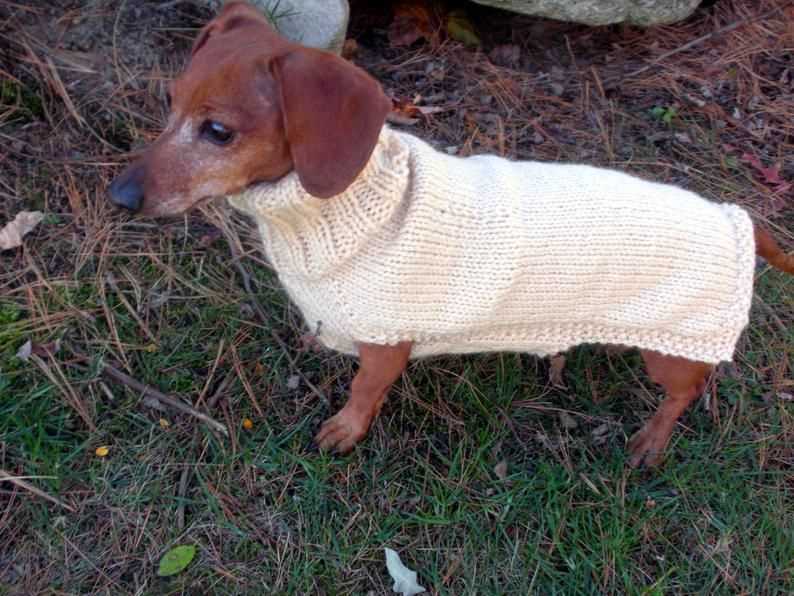
When it comes to knitting a sweater for your miniature dachshund, choosing the right yarn is essential to ensure both comfort and durability. The selection of yarn should not only be based on its color and texture, but also on its weight and fiber composition.
Weight: The weight of the yarn determines the thickness and warmth of the sweater. For miniature dachshunds, a medium weight or worsted yarn is generally recommended. This weight provides a good balance between insulation and breathability, keeping your furry friend cozy without overheating.
Fiber composition: The fiber composition of the yarn can affect the softness, warmth, and washability of the sweater. Acrylic yarn is a popular choice for dachshund sweaters as it is affordable, soft, and easy to care for. However, natural fibers such as wool or alpaca can provide superior warmth and insulation, making them ideal for colder climates.
Texture: Consider the texture of the yarn when knitting a sweater for your dachshund. Some dogs may have sensitive skin, so it is important to choose a yarn that is smooth and non-irritating. Avoid using yarns with rough textures or excessive embellishments that could cause discomfort or snagging.
Color: While color is a matter of personal preference, it is worth considering the visibility of the sweater. Opting for brighter colors or high-contrast patterns can make your dachshund more visible, especially during walks or outdoor activities.
In conclusion, when selecting yarn for your miniature dachshund sweater, prioritize weight, fiber composition, texture, and color. By carefully choosing the right yarn, you can ensure that your dachshund stays warm, comfortable, and stylish.
Necessary tools for knitting a dachshund sweater
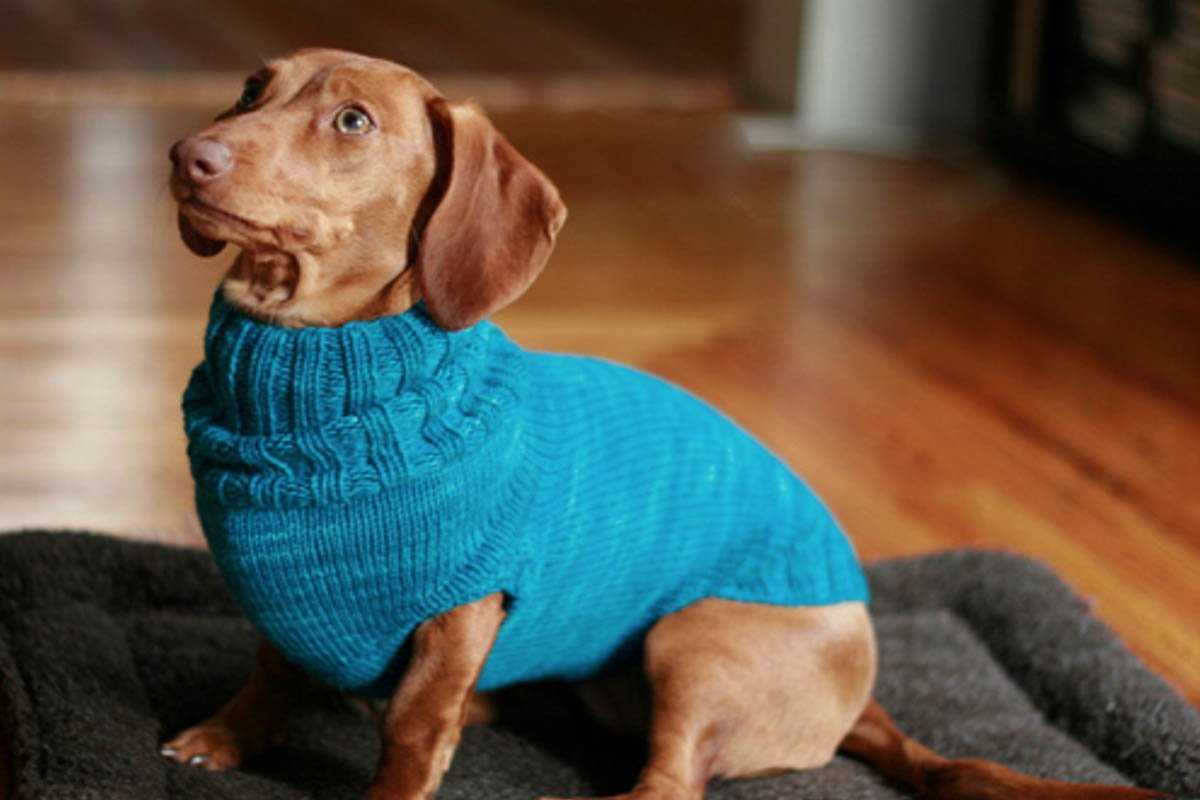
Knitting a sweater for your miniature dachshund requires a few essential tools to ensure a successful and enjoyable knitting experience. Before you start your project, make sure you have the following items on hand:
- Knitting needles: Choose a pair of knitting needles that are suitable for the yarn you’re using. Generally, a size 4 or 5 US (3.5 mm or 3.75 mm) needle works well for most dachshund sweaters.
- Yarn: Select a soft and durable yarn that is suitable for your dachshund’s size and needs. Look for yarn that is machine washable for easy maintenance. Acrylic or wool blends are often good choices for pet garments.
- Tape measure: Use a tape measure to accurately measure your dachshund’s chest circumference, back length, and neck size. This will help you determine the appropriate size and fit for your sweater.
- Stitch markers: Stitch markers can be useful for marking important points in your pattern, such as the beginning of a round or the location of decreases or increases.
- Tapestry needle: A tapestry needle or yarn needle is essential for weaving in loose ends and sewing together any seams or pieces of the sweater.
- Scissors: Keep a pair of small, sharp scissors handy for cutting yarn and trimming any excess threads.
- Row counter: If you’re following a pattern that requires keeping track of rows, a row counter can be helpful for staying organized and keeping track of your progress.
With these tools at your disposal, you’ll be well-equipped to knit a cozy and stylish sweater for your beloved miniature dachshund. Happy knitting!
Basic Knitting Stitches
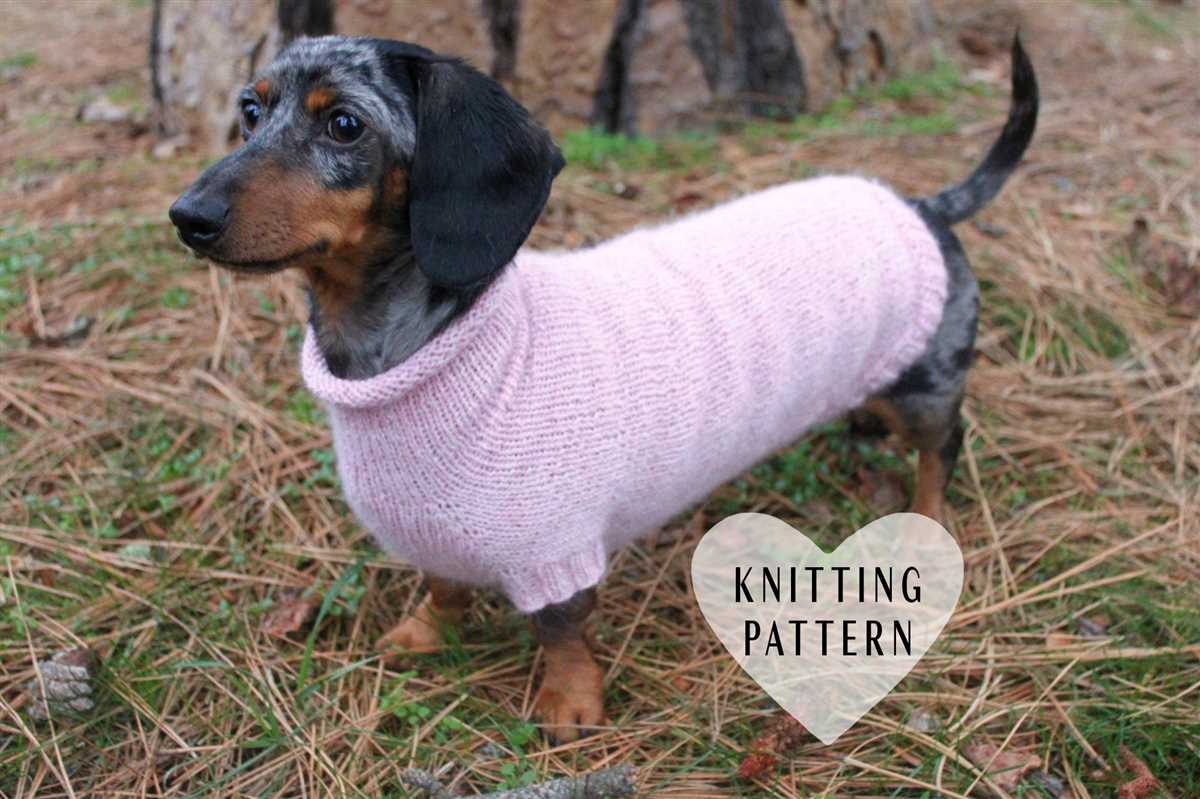
When it comes to knitting, there are several basic stitches that form the foundation for creating beautiful and intricate patterns. These stitches are easy to learn and essential to master for any knitting project. Whether you’re a beginner or an experienced knitter, understanding these basic stitches is key to creating successful and visually appealing knitted pieces.
1. Knit Stitch
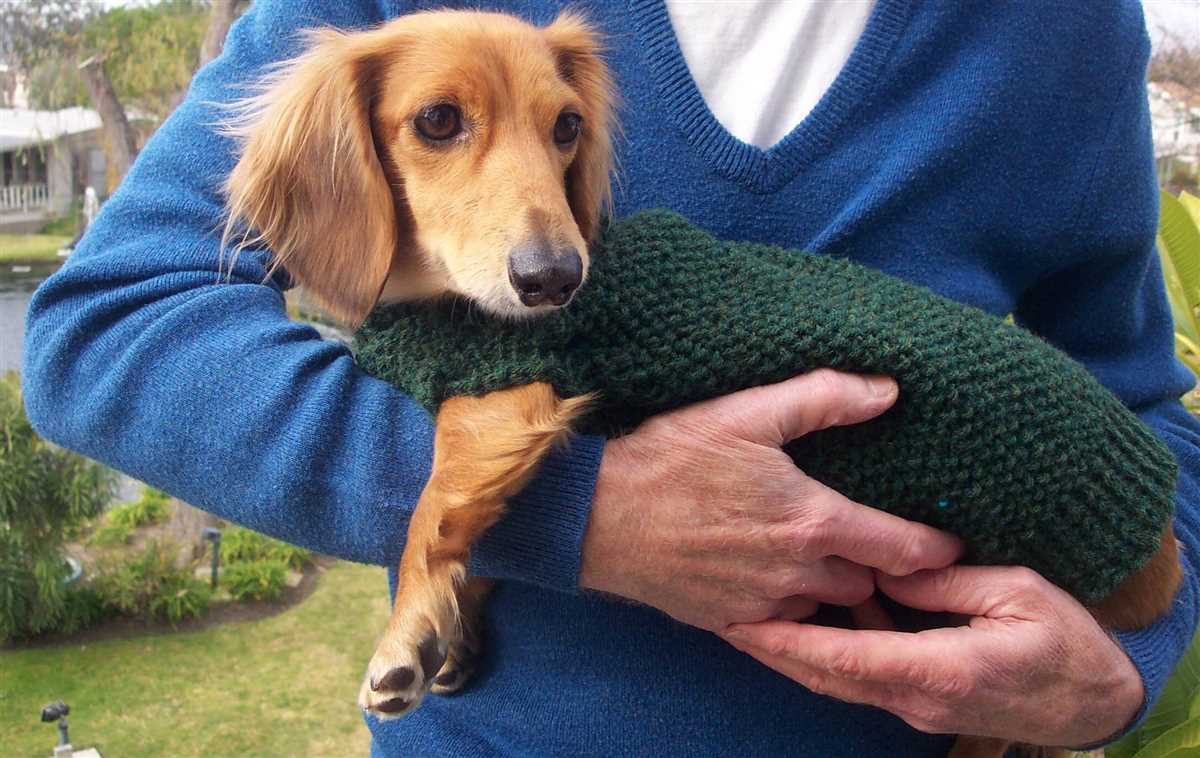
The knit stitch, also known as the garter stitch, is perhaps the most fundamental stitch in knitting. It is created by inserting the needle into the front of the stitch on the left needle, passing the yarn over the right needle, and pulling it through to create a new stitch. The resulting fabric has a bumpy texture on both sides and is reversible, making it an ideal stitch for scarves and blankets.
2. Purl Stitch
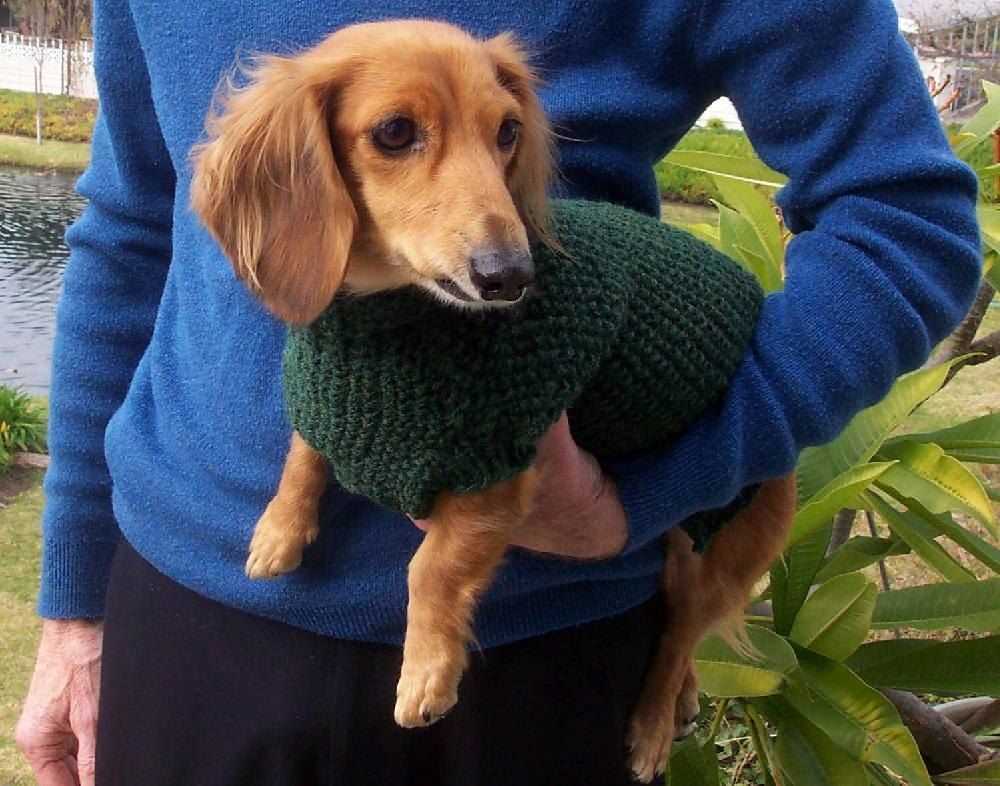
The purl stitch is the reverse of the knit stitch and creates a smooth and flat texture. To purl, insert the needle from right to left into the stitch on the left needle, bring the yarn in front of the work, and wrap it around the right needle. Pull the yarn through the stitch to create a new stitch. Purl stitches are often combined with knit stitches to create different patterns and textures in knitting.
3. Stockinette Stitch
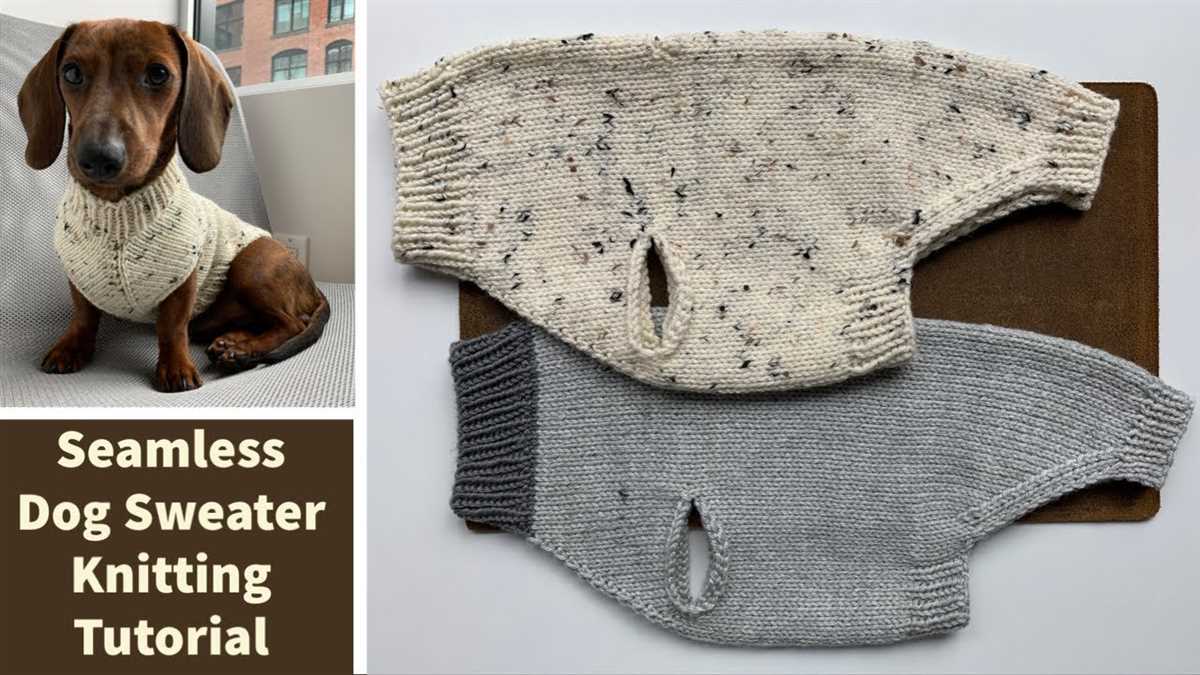
The stockinette stitch is created by alternating rows of knit stitches and purl stitches. This stitch creates a smooth fabric with one side showing knit stitches and the other side showing purl stitches. It is commonly used for creating garments such as sweaters and socks. To achieve the stockinette stitch, knit one row and purl one row, repeating these two rows until the desired length is reached.
These basic knitting stitches provide a solid foundation for knitting projects of all kinds. Once you have mastered these stitches, you can begin to experiment with more advanced techniques and patterns. The key to successful knitting is practice and patience, so grab your needles and yarn and start exploring the endless possibilities of knitting!
Easy knitting patterns for beginner knitters
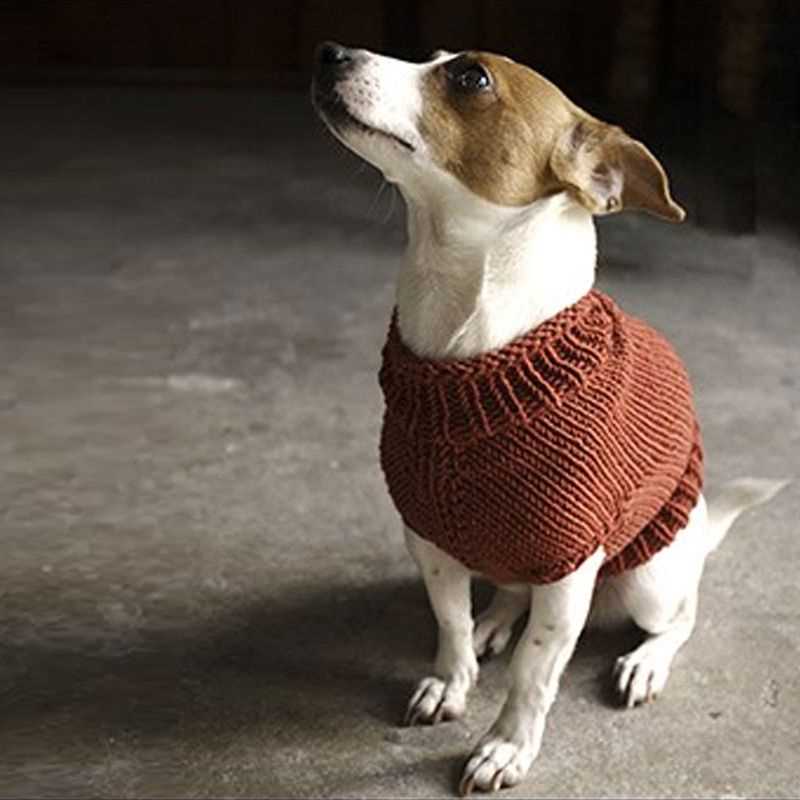
Are you new to knitting and looking for easy patterns to start with? Look no further! We have gathered a collection of beginner-friendly knitting patterns that will help you create beautiful projects in no time.
1. Scarves: Scarves are a classic and simple project for beginners. You can choose from basic garter stitch scarves or try out different stitch patterns like ribbing or seed stitch. They are perfect for practicing your knitting skills and make great gifts too.
2. Hats: Knitting a hat is another great project for beginners. You can start with a basic beanie pattern and gradually move on to more complex designs. Choose your favorite yarn and needles, and you’ll have a cozy hat to keep you warm in no time.
3. Blankets: If you’re up for a bigger project, knitting a blanket can be a rewarding experience. You can start with a simple baby blanket pattern using bulky yarn and large needles. As you gain confidence, you can try out different stitch patterns and create a unique and cozy blanket.
4. Baby booties: Knitting baby booties is a fun and quick project for beginners. They require minimal materials and can be completed in just a few hours. You can experiment with different colors and patterns to create adorable booties for the little ones.
5. Dishcloths: Dishcloths are practical and quick to knit. They are great for practicing different stitch patterns and make excellent gifts for friends and family. You can choose from various patterns and colors to match your kitchen decor.
With these easy knitting patterns, you’ll be able to create beautiful projects and sharpen your knitting skills along the way. Don’t be afraid to try new patterns and techniques – knitting is all about creativity and experimentation. Happy knitting!
Intermediate knitting patterns for more experienced knitters
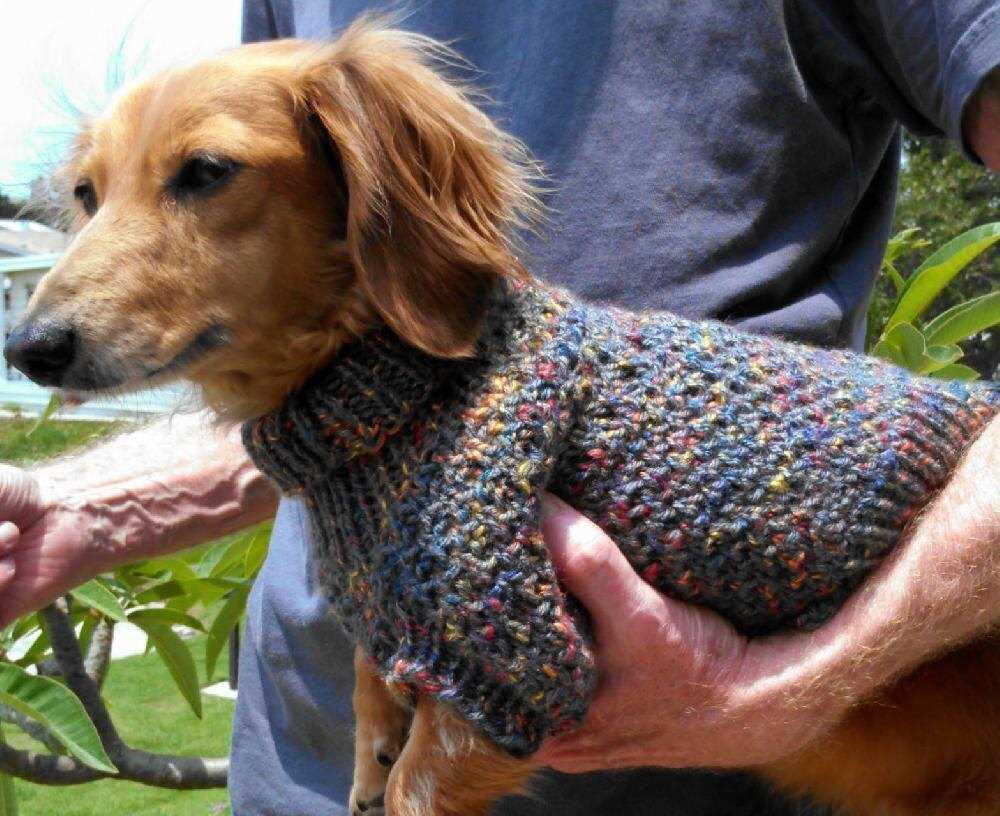
For knitters with more experience and confidence in their knitting skills, intermediate knitting patterns offer a new challenge and the opportunity to create more complex and intricate designs. These patterns often require a variety of stitches and techniques, allowing knitters to expand their repertoire and showcase their knitting abilities.
Intermedi
Advanced knitting patterns for expert knitters
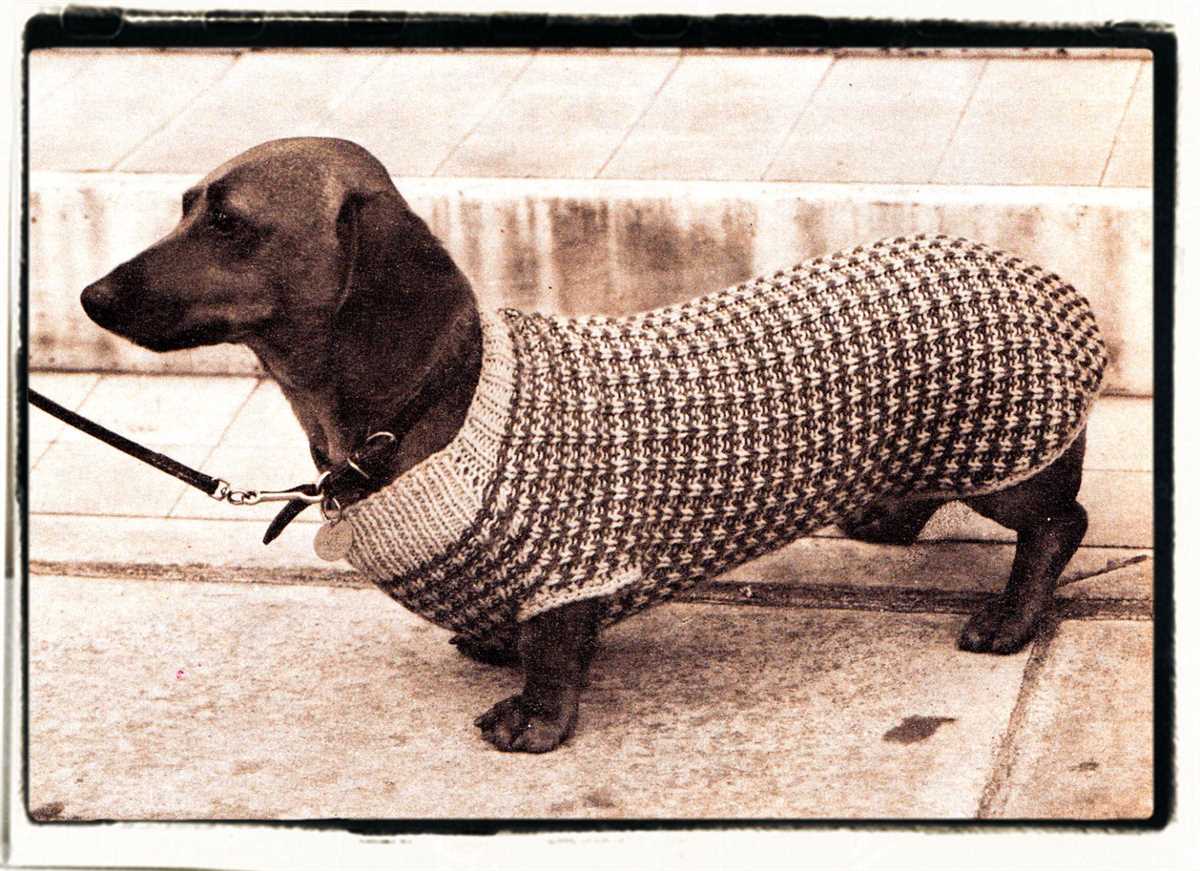
For expert knitters looking for a challenge, advanced knitting patterns offer intricate designs and complex techniques that will push your knitting skills to the next level. These patterns are perfect for those who are comfortable with advanced techniques such as cables, lace, and colorwork, and are looking to create truly unique and stunning garments.
One popular advanced knitting pattern is the Aran sweater, which features intricate cable patterns inspired by traditional Irish knitting. These sweaters often involve complex cable charts and require a good understanding of cable techniques, such as cable crosses and cabling without a cable needle. Knitting an Aran sweater requires attention to detail and careful pattern reading, but the end result is a beautifully textured and sophisticated garment.
If you’re a fan of lace knitting, advanced lace patterns will provide you with endless opportunities for creating delicate and intricate designs. From shawls to cardigans, these patterns feature complex lace motifs that require precision and patience. Knitting lace often involves working with fine yarns and using smaller needles to achieve the desired lacy effect. The end result is a breathtaking garment that showcases your knitting skills.
Colorwork is another technique that expert knitters can explore through advanced knitting patterns. Fair Isle and intarsia are two popular colorwork techniques that allow you to create intricate patterns and designs using multiple colors. These patterns often require careful attention to color placement and tension control to ensure an even and professional-looking finish. The challenge of colorwork knitting lies in keeping the floats (the strands of yarn that are carried behind the work) consistent and neat.
Remember, advanced knitting patterns require practice and patience. Don’t be discouraged if you make mistakes along the way – they are a natural part of the learning process. With time and persistence, you’ll become more confident in your knitting abilities and be able to tackle even more complex patterns. So grab your needles, choose an advanced knitting pattern that speaks to you, and embark on a knitting journey that will take your skills to new heights.
Tips for adjusting patterns to fit your dachshund
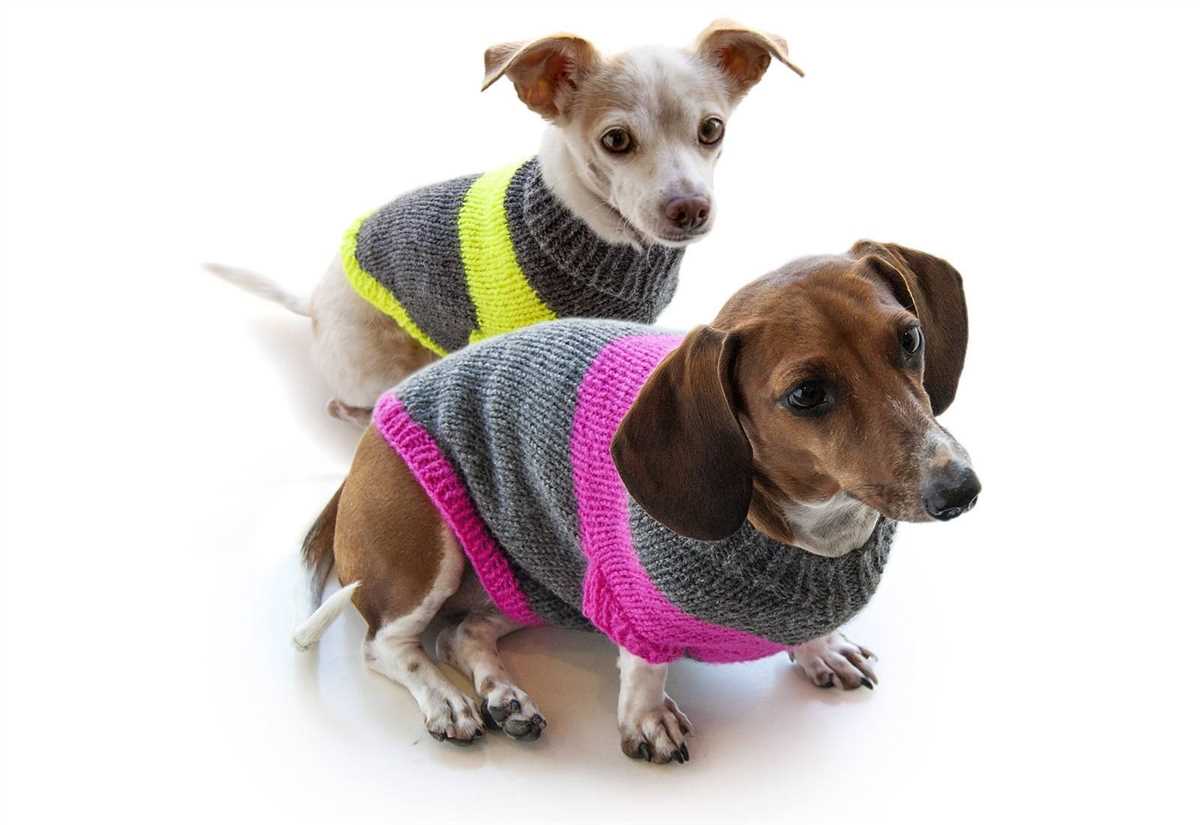
When knitting sweaters for your miniature dachshund, it’s important to ensure that the pattern fits them perfectly. Here are some tips on adjusting patterns to fit your dachshund:
Measurements: Take accurate measurements of your dachshund before starting any project. Measure the length of their back, their chest circumference, and their neck circumference. These measurements will help you choose the right size and make adjustments as necessary.
Customize the length: Dachshunds have long bodies, so you may need to adjust the length of the sweater pattern. Consider adding extra rows or stitches to accommodate their longer back. It’s always better to have a slightly longer sweater than one that is too short.
- Adjust the chest size:
If the pattern’s chest circumference is too small for your dachshund, you can easily adjust it. Add stitches to the underarm area to increase the width as needed. Keep in mind that dachshunds have a unique body shape, so it’s important to customize the fit to ensure their comfort.
- Modify leg openings:
With dachshunds having short legs, you may find that the leg openings in the pattern are too large. To ensure a snug fit, decrease the number of stitches or rows in the leg opening area. This will help the sweater stay in place and prevent it from slipping off.
Follow your dachshund’s preferences: Every dachshund has their own preferences when it comes to clothing. Some may prefer a looser fit, while others may feel more comfortable with a snugger fit. Observe how your dachshund reacts to different sweaters and make adjustments accordingly.
By following these tips and making adjustments as necessary, you can create beautifully fitting sweaters for your miniature dachshund. Remember to always measure, customize, and prioritize your dachshund’s comfort when knitting.
Fun designs and patterns for unique dachshund sweaters
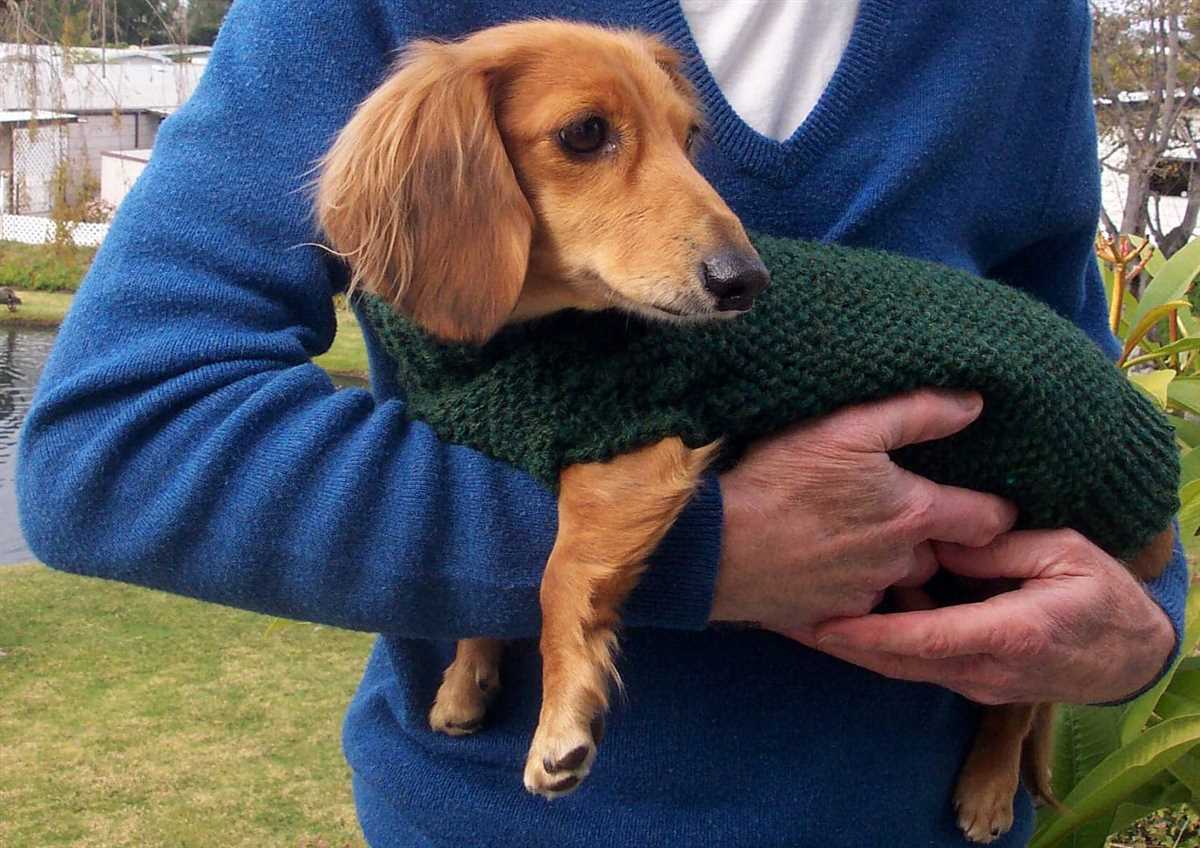
When it comes to dressing up your miniature dachshund, why settle for a plain and ordinary sweater when you can choose from a wide variety of fun and unique designs? Whether you want to showcase your pup’s personality or simply add some extra flair to their wardrobe, there are plenty of knitting patterns available that will make your dachshund stand out from the pack.
One popular design is the striped sweater, which combines different colors to create a playful and eye-catching look. You can choose classic horizontal stripes or get creative with diagonal or vertical stripes. This pattern allows you to experiment with various color combinations to match your dachshund’s individual style.
If you’re feeling adventurous, you can opt for a sweater with fun motifs, such as bones, paw prints, or hearts. These patterns not only add a touch of whimsy to your dachshund’s outfit but also make for great conversation starters during walks in the park. You can even personalize the sweater by adding your pup’s name or initials, making it truly one-of-a-kind.
Another popular option is the cable knit sweater, which gives your dachshund a cozy and timeless look. The intricate patterns created by the cables add texture and depth to the sweater, making it both fashionable and functional. With a cable knit sweater, your dachshund will be ready to strut their stuff during chilly winter walks.
When choosing a knitting pattern for your dachshund’s sweater, consider their size and shape. Miniature dachshunds have long bodies and short legs, so it’s important to select a pattern that provides a proper fit and allows for easy movement. Look for patterns specifically designed for dachshunds or consider adjustable designs that can be customized to your pup’s measurements.
With so many fun designs and patterns to choose from, you’ll have no trouble finding the perfect sweater to keep your dachshund stylish and warm. Whether you prefer bold colors, playful motifs, or classic cable knits, there’s a pattern out there that will make your dachshund look adorable and unique.
How to Care for Your Dachshund Sweaters
Knitting sweaters for your miniature dachshund can be a fun and rewarding experience, but it’s also important to take care of these small garments to ensure they last longer. Here are some tips on how to care for your dachshund sweaters:
1. Hand Wash with Cold Water
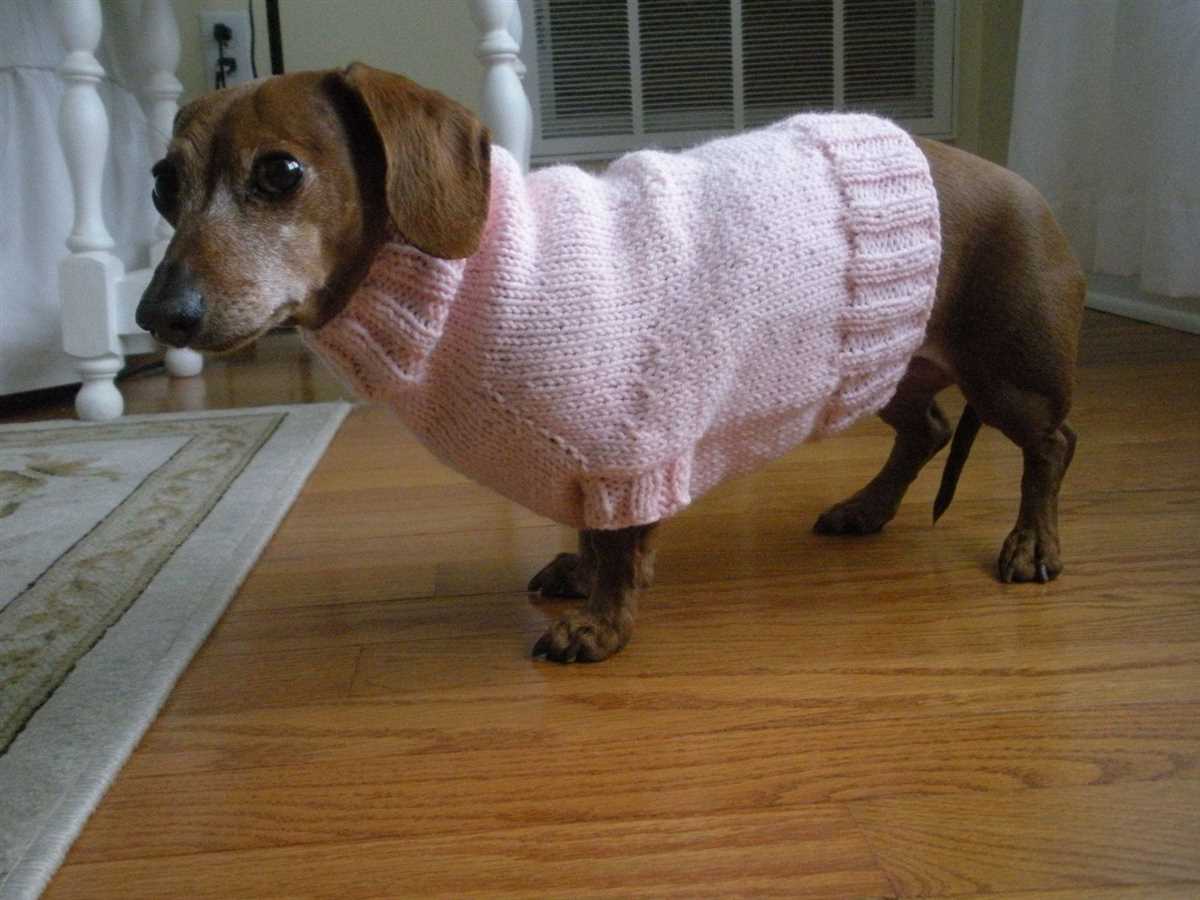
To maintain the quality and shape of your dachshund sweaters, it’s best to hand wash them using cold water. This gentle method helps prevent any damage or shrinking that may occur from machine washing or using hot water. Use a mild detergent to clean the sweaters, and avoid rubbing or twisting the fabric too vigorously.
2. Lay Flat to Dry
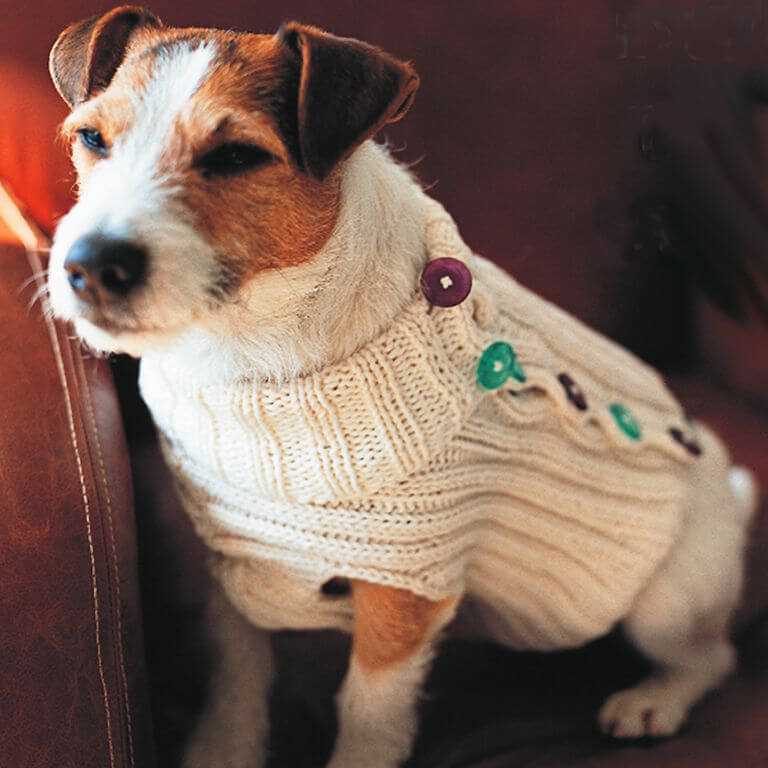
After washing, avoid using the dryer to dry your dachshund sweaters. Instead, carefully reshape them to their original size and lay them flat on a clean towel or drying rack. This allows the sweaters to air dry naturally without losing their shape or becoming misshapen.
3. Store Properly
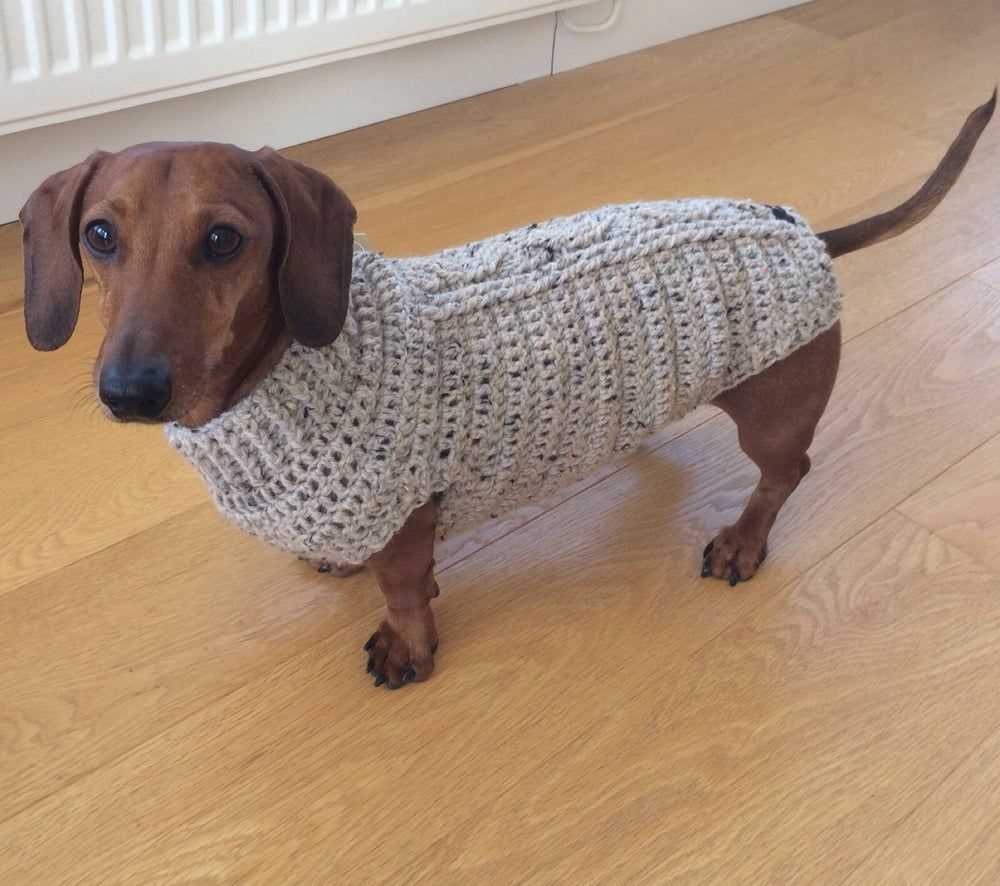
When your dachshund sweaters are not in use, it’s important to store them properly to prevent any damage. Fold them neatly and place them in a clean, dry place, away from direct sunlight and moisture. Consider using a sealed storage bag or container to protect the sweaters from dust and pests.
4. Mend and Repair
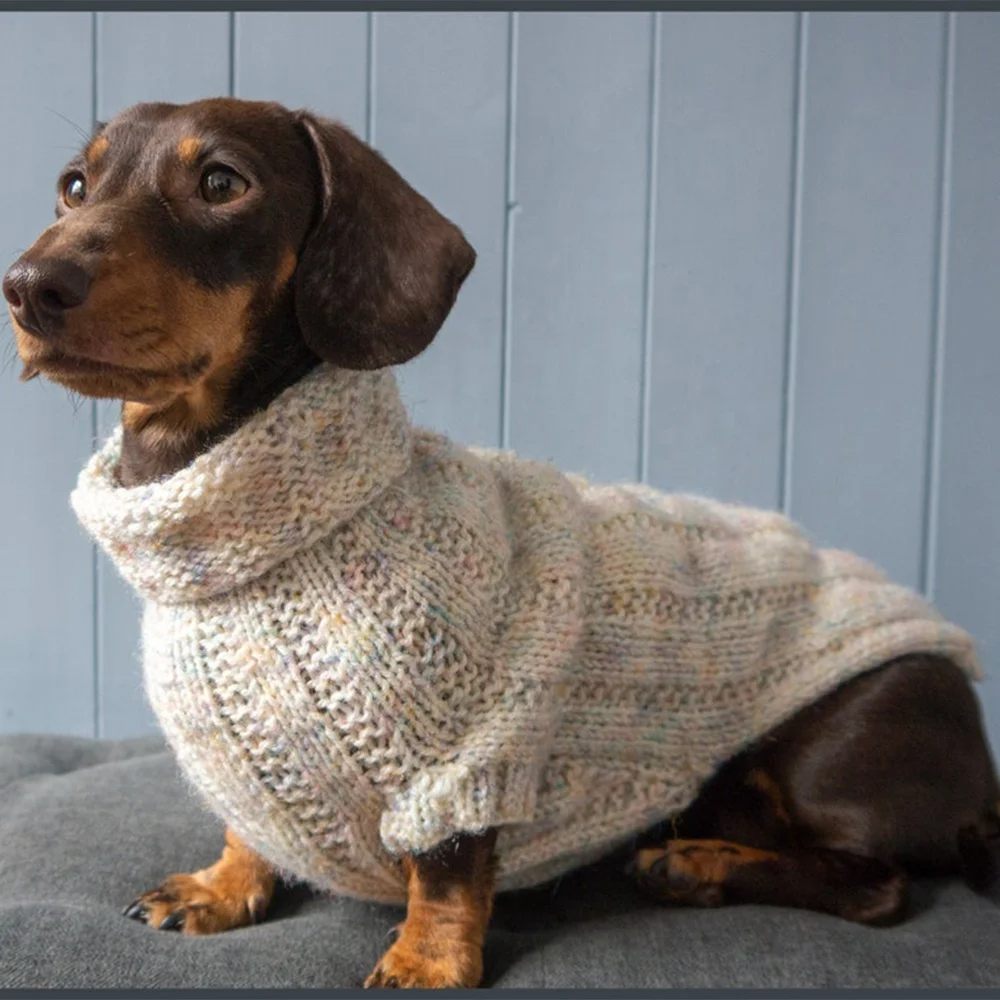
If you notice any small holes or loose threads on your dachshund sweaters, it’s important to mend and repair them promptly. Use a needle and thread that matches the color of the sweater to fix any damages. This will help prolong the lifespan of the sweater and ensure your dachshund stays warm and comfortable.
By following these care tips, you can keep your miniature dachshund sweaters in excellent condition for many more cold seasons to come. Happy knitting!
Where to find more free knitting patterns for dachshund sweaters
If you’re looking for more free knitting patterns for dachshund sweaters, there are several resources available online. Here are a few websites and platforms where you can find a wide selection of patterns:
- Ravelry: Ravelry is a popular online community for knitters and crocheters. They have a vast collection of knitting patterns, including many specifically designed for dachshunds. Simply create a free account and search for “dachshund sweater” to find patterns shared by other users.
- LoveKnitting: LoveKnitting is an online store that also offers a selection of free knitting patterns. They have a dedicated section for pet patterns, where you can find a variety of dachshund sweater patterns.
- AllFreeKnitting: AllFreeKnitting is a website that gathers free knitting patterns from various sources. They have a category specifically for pet projects, where you can find patterns for dachshund sweaters and other pet clothing.
Remember to always read the pattern instructions thoroughly and check the gauge before starting your project. Feel free to modify the patterns to suit your dog’s size and preferences. With a little bit of creativity, you can create unique and cozy sweaters for your dachshund!
Happy knitting!